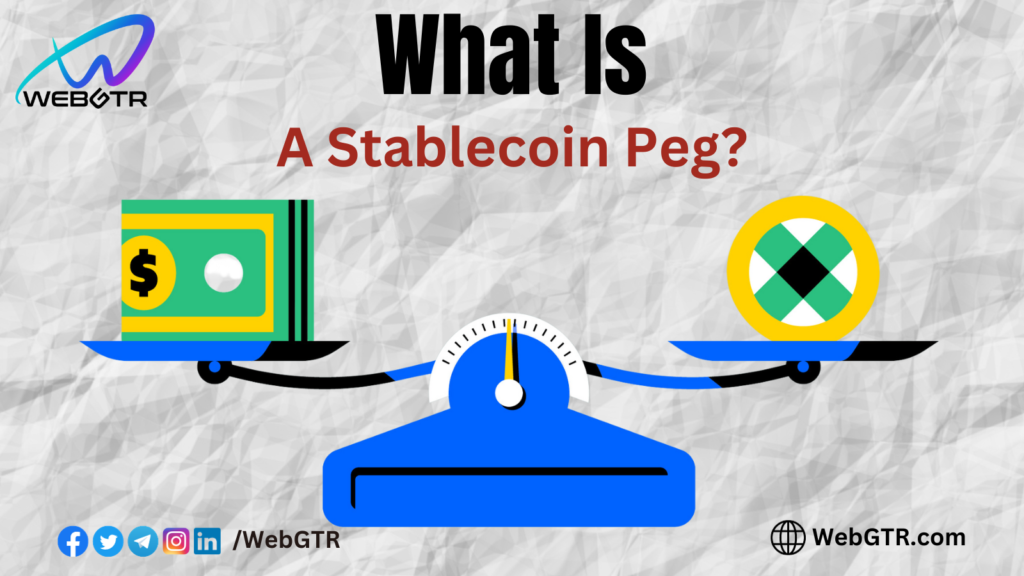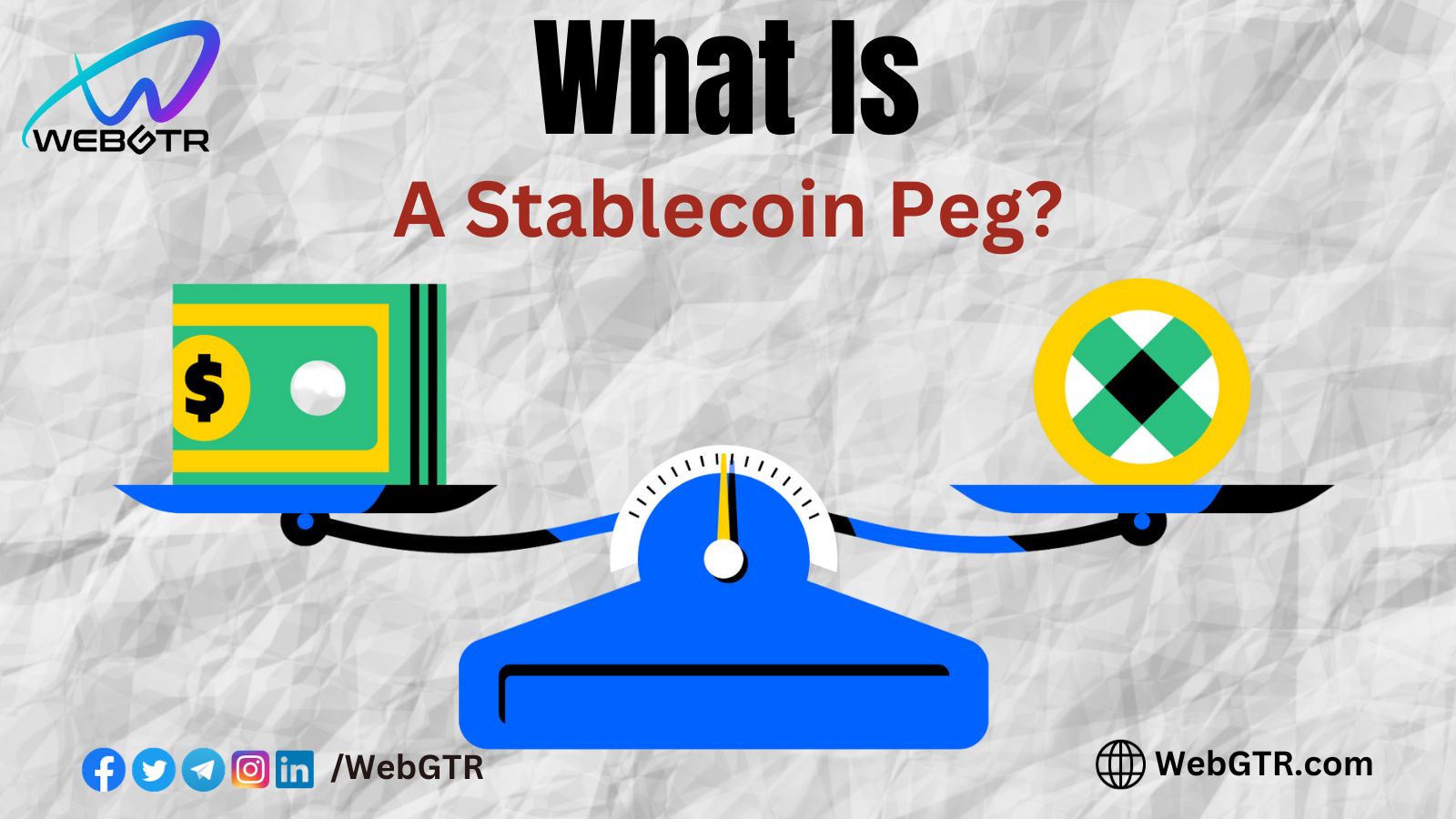
A stablecoin is a specific type of cryptocurrency designed to maintain a relatively steady value. In contrast to the typical volatility associated with cryptocurrencies, stablecoins are purposefully engineered to act as a safeguard against significant price fluctuations.
To achieve this stability, stablecoins rely on a mechanism called a “peg,” which serves as a reference point for their value. This concept is akin to how some countries link their currency’s value to another nation’s currency to ensure stability. Many stablecoins, such as USDT and DAI, strive to consistently maintain a value equivalent to $1.
What Happens When a Stablecoin Depegs?
When a stablecoin deviates from its designated peg value, this occurrence is referred to as a “depegging event.” Stablecoins have gained significant traction over the years and now contribute to daily trading volumes amounting to billions of dollars.
Due to their widespread use, a depegging event can hold substantial implications. In the subsequent sections of this article, we will delve into historical occurrences of stablecoin depegging. But before that, let’s explore the mechanisms employed by stablecoins to maintain their pegs.
Looking for Blockchain Development, NFTs, Website Design, Token Creation, or Other services? Reach out to us at WebGTR. Let’s discuss and bring your vision to life.


Leave a Reply